Back to the Moon
Hi, I’m Marley, the Astronomer here at the Space Centre. December 7th – 19th mark the 50th anniversary of the last time people were on the Moon. This month we are going to focus on what is being done to get us back there.
Apollo 17 was the final Apollo mission to the Moon. The three person crew consisted of Commander Gene Cernan, Lunar Module Pilot Harrison Schmitt, and Command Module Pilot Ronald Evans. Cernan and Schmitt were the last two people on the Moon. They spent three days on the surface, using a lunar rover to drive to different sites to collect lunar samples. The samples would have been vacuum sealed on the Moon and then stored in a second protective outer vacuum tube once it was back on Earth.
When scientists opened the samples to analyze them, they would capture any gas that came from Earth in the outer tube first. Analyzing this sample for anything that was not Earth in origin would tell scientists if the lunar sample remained sealed. Then they would open the inner vacuum tube, collecting any potential lunar gasses, before opening the tube to get to the lunar sample.
One of these samples, called 73001, was not opened until March of 2022 – nearly 50 years after it was collected. Why? During the Apollo era, they knew that technology used for analysis of solid and gaseous samples would continue to get better and more effective. Samples were purposefully left untouched so scientists could wait for that technology to become available, in order to maximize the information we could learn from the samples.
This waiting game is extremely relevant to the current lunar mission: the Artemis Program. The main goal of this program is to return astronauts to the lunar surface. There are many driving factors for returning to the Moon. With advancements in technology we have learned that there is water ice hidden away in certain regions of the Moon, for example. There is still much more hidden away on our companion that we could learn about.
Part of the Artemis program includes taking lunar samples of these regions that have water ice. We want to know how far down this water ice goes. To do so, we need to know how the lunar surface reacts to being drilled. Terrestrial and lunar samples are very different, but fortunately for us, we have the knowledge we gained during the Apollo mission to help us develop and design tools better suited to the lunar surface. The Artemis technology design started with what worked well with Apollo and in many ways, it will surpass what was done during the Apollo era. Nothing shows this more than the development of the Lunar Gateway.
At 1/6th the size of the International Space Station (ISS), the Lunar Gateway will serve a similar purpose. As it orbits the Moon, it will have several functions. It will be a science lab, a place to test new technology, and a rendezvous point to get from the lunar surface back to Earth. Astronauts will also live on the Lunar Gateway, but not for as long as they live on the ISS.
Much like the ISS, the Lunar Gateway will be built in stages. The first two modules, the Power and Propulsion Element (PPE) and the Habitation and Logistics module (HALO) are set to launch in November 2024. They should be ready to support the astronauts of Artemis III, who will launch for the Moon in 2025. In another similarity to the ISS, Canada will make a large contribution to the building of this outpost: the Canadarm3.
The Canadarm3 will be a small robotic system, coming in at 8.5m long. It will help to maintain, repair, and inspect the Lunar Gateway, as well as help ‘catch’ visiting spacecraft, and help astronauts on their spacewalks. In exchange for provided robotics, the Canadian Space Agency was awarded two astronaut seats in the Artemis program. One of our seats is being used in the Artemis II mission, when humans will orbit the Earth in the Orion spacecraft, set for launch in 2024.
Until then, try out some of the Moon related activities down below!

Astronomer’s playlist
Time
Activity
30 mins
One of the most noticeable features on the surface of the Moon are all of the craters that mark the surface. In this activity, you can make your own Moon craters!
Ask yourself: Why does the Moon have so many more craters than Earth?
60 mins
To get astronauts to the Moon and the Lunar Gateway, we will need a whole new capsule. Learn about the Orion spacecraft in this activity where you build your own model.
Ask yourself: How does the Orion capsule protect its astronauts?
60 mins
Want to try to design and test your own version of a crew module? Take inspiration from the Orion spacecraft, or come up and test your own ideas, in this activity.
Ask yourself: What do you think is the most important thing to consider when building a spacecraft that will transport astronauts through space?
60 mins
The Lunar Gateway will be a space stations where astronauts can live while visiting the Moon. Follow this activity to learn more, and build your own version.
The Lunar Gateway has many different modules.
Ask yourself: Which module would you build first? Why?

